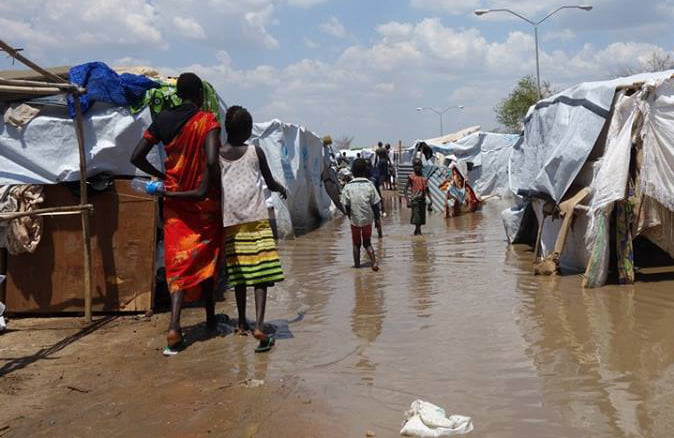This has been an excruciatingly taxing year for the international humanitarian community. According to a senior World Health Organization official, man-made crises in the Central African Republic, Syria and South Sudan, plus an acute natural disaster emergency in the Philippines is stretching the international humanitarian response system to an unprecedented degree.
“You typically have one or two ‘level three’ emergencies every couple of years,” says Richard J. Brennan, Director of Emergency Risk Management and Humanitarian Response at the WHO, referring to a system for categorizing the severity of emergencies. “Over the last thirteen months, we have had four.”
In the Central African Republic, South Sudan and Syria much of the public health system that existed prior to those conflicts has been eviscerated. Out of necessity, humanitarian agencies and NGOs, including the WHO, have taken it upon themselves to manage the health care system and deliver services. This is an uncomfortable position. The WHO is not typically in the business of delivering healthcare; rather, it sets standards and helps member states build their own health service capacity. But with the total absence of government services in some of these crises, the WHO and health NGOs have had to take on unprecedented roles. “When the entire health service of a government collapses, how do we fill that gap?” asks Dr. Brennan.
This is placing extraordinary pressure on the WHO and other parts of the humanitarian emergency response system. To make matters worse, these agencies lack the basic financial resources to mount responses to these crises commensurate with their urgency. With the exception of the Philippines — which was fully funded — the appeals are funded to a paltry degree.
The figures are staggering.
In Syria a $6.5 billion appeal–the largest ever–is currently only 12% funded. For CAR, a $550 million appeal is only 18.8% funded; and for South Sudan a $1.3 billion appeal has received only 22% of the funds required to mount a full humanitarian response. These appeals are the ways in which humanitarian agencies pay for the medicines, tents, food and other things needed to meet the basic needs of people caught up in a crisis. In total, over 16 million people are in need of some level of humanitarian assistance across these three crises.
Humanitarian funding appeals generally fall short of their goals. But never have concurrent crises affecting this many people been so woefully underfunded. Unless donors step up in a big way, we will soon see the harmful implications of these immense needs going unfulfilled.
Image credit: Flooding in the UN Tomping site for displaced people in Juba. Credit: OCHA
